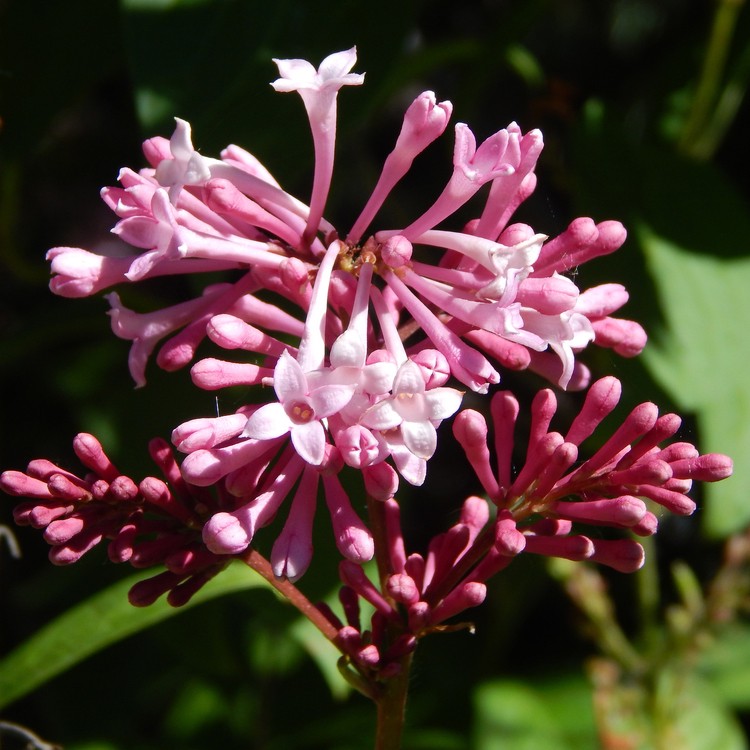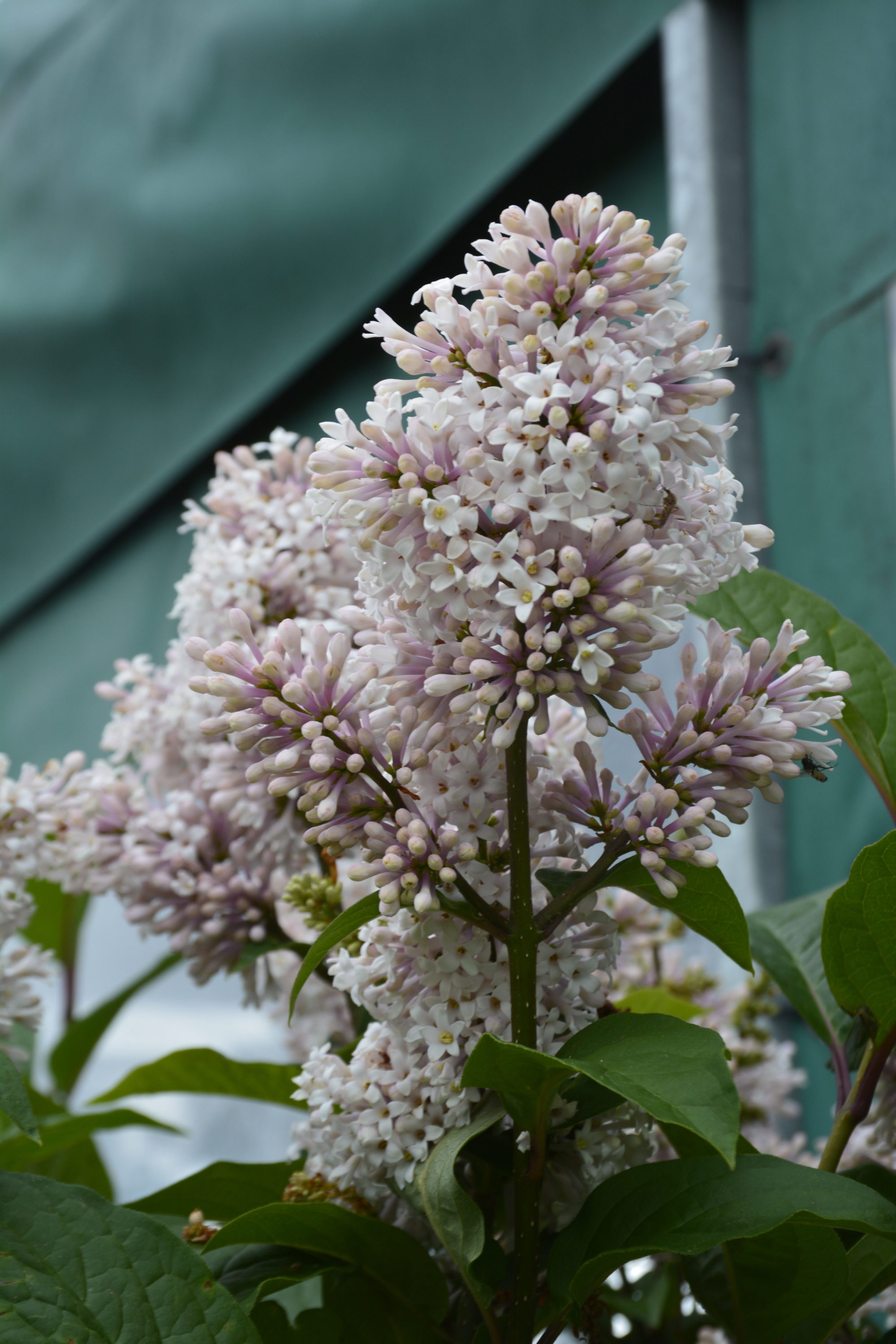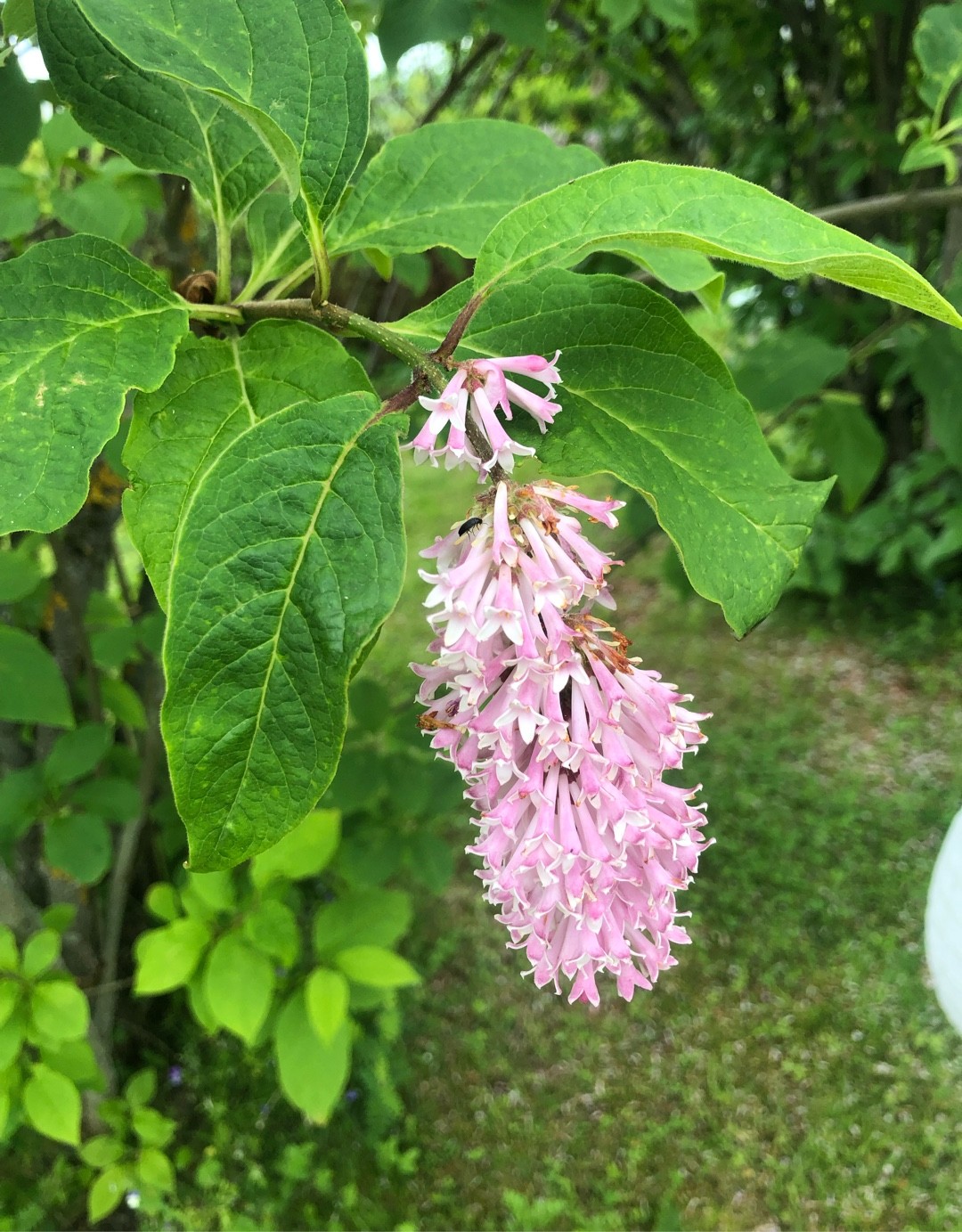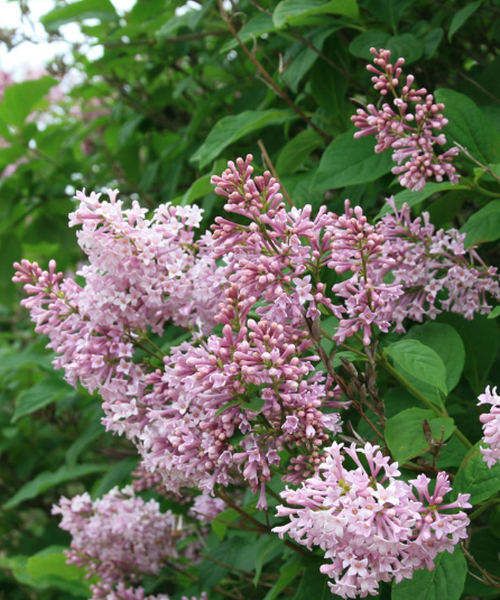Syringa Villosa: The Vigorous Lilac That's Easy To Grow
Title: Syringa Villosa: The Vigorous Lilac That's Easy to Grow
Introduction:
Lilacs are a beloved flowering shrub that is known for its beautiful blooms and fragrant scent. There are many different varieties of lilacs, but one of the most popular is Syringa villosa, also known as the late lilac. Syringa villosa is a vigorous grower that is easy to care for, making it a great choice for gardeners of all skill levels.
Main Content:
What is Syringa villosa?
Syringa villosa is a deciduous shrub that is native to China. It is a member of the olive family (Oleaceae), which also includes other popular flowering shrubs such as privet and forsythia. Syringa villosa grows to be 6-8 feet tall and wide, and it has a dense, upright habit. The leaves are dark green and oval-shaped, and they turn yellow in the fall.
The flowers of Syringa villosa are pink or lavender in color, and they are arranged in large, dense panicles. The flowers bloom in late spring or early summer, and they have a sweet, honey-like fragrance.
How to grow Syringa villosa
Syringa villosa is a relatively easy plant to grow. It prefers full sun and well-drained soil. It is drought-tolerant once established, but it will benefit from regular watering during the first year after planting. Syringa villosa is not particularly susceptible to pests or diseases.
Pruning Syringa villosa
Syringa villosa does not need to be pruned heavily. However, it is a good idea to remove any dead, damaged, or diseased branches in the winter. You can also lightly prune the plant in the spring to shape it and encourage new growth.
Uses for Syringa villosa
Syringa villosa is a versatile plant that can be used in a variety of ways. It is a popular choice for landscaping, and it can be used to create hedges, borders, or specimen plantings. The flowers of Syringa villosa can also be cut and used in bouquets or arrangements.
Conclusion:
Syringa villosa is a beautiful and easy-to-grow shrub that is a great addition to any garden. If you are looking for a lilac that is fragrant, vigorous, and low-maintenance, then Syringa villosa is a great choice.
For more information about Syringa villosa, please visit Home Gardening.
FAQ of syringa villosa
Q: What is syringa villosa?
A: Syringa villosa is a deciduous shrub or small tree that is native to North America. It is known for its fragrant, purple flowers that bloom in late spring or early summer. Mountain lilac can grow up to 15 feet tall and 10 feet wide. It prefers full sun and well-drained soil.
Q: How long does it take for a mountain lilac to start blooming?
A: It takes about 1-2 years for a mountain lilac to start blooming after it is planted.
Q: How do I care for a mountain lilac?
A: Mountain lilacs are relatively easy to care for. They need full sun and well-drained soil. They should be watered regularly, especially during the first year after planting. Mountain lilacs do not need to be pruned often, but they can be pruned in late winter or early spring to remove dead or damaged branches.
Q: What are some common problems with mountain lilacs?
A: Some common problems with mountain lilacs include powdery mildew, aphids, and borers. Powdery mildew can be treated with a fungicide. Aphids can be controlled with insecticidal soap or neem oil. Borers can be treated by removing and destroying the affected branches.
Q: How do I propagate a mountain lilac?
A: Mountain lilacs can be propagated by cuttings or layering. Cuttings should be taken in late spring or early summer from new growth. Layering can be done in late summer or early fall by bending a branch down to the ground and covering it with soil.
Image of syringa villosa
- Syringa villosa in bloom. This image shows a large, lush shrub covered in white flowers. The flowers are arranged in clusters and have a sweet fragrance.

- Close-up of Syringa villosa flowers. This image shows the details of the Syringa villosa flower. The petals are white with a purple tinge and the center of the flower is a deep purple.

- Syringa villosa leaves. This image shows the leaves of the Syringa villosa shrub. The leaves are dark green and have a serrated edge.

- Syringa villosa in a garden. This image shows a Syringa villosa shrub planted in a garden. The shrub is surrounded by other flowers and plants.
- Syringa villosa in a vase. This image shows a Syringa villosa bouquet. The flowers are arranged in a vase and are surrounded by greenery.

- Syringa villosa in a forest. This image shows a Syringa villosa shrub growing in a forest. The shrub is surrounded by trees and other plants.

- Syringa villosa in the winter. This image shows a Syringa villosa shrub in the winter. The leaves have fallen off the shrub and the branches are bare.

- Syringa villosa in the spring. This image shows a Syringa villosa shrub in the spring. The leaves are starting to grow back and the flowers will soon bloom.

- Syringa villosa in the fall. This image shows a Syringa villosa shrub in the fall. The leaves are turning a variety of colors, including red, orange, and yellow.
- Syringa villosa in a pot. This image shows a Syringa villosa shrub planted in a pot. The shrub is on a patio and is surrounded by other plants.




Post a Comment for "Syringa Villosa: The Vigorous Lilac That's Easy To Grow"